For Better or Worse?The Bizarre Case of A New Elevator Touch Screen.
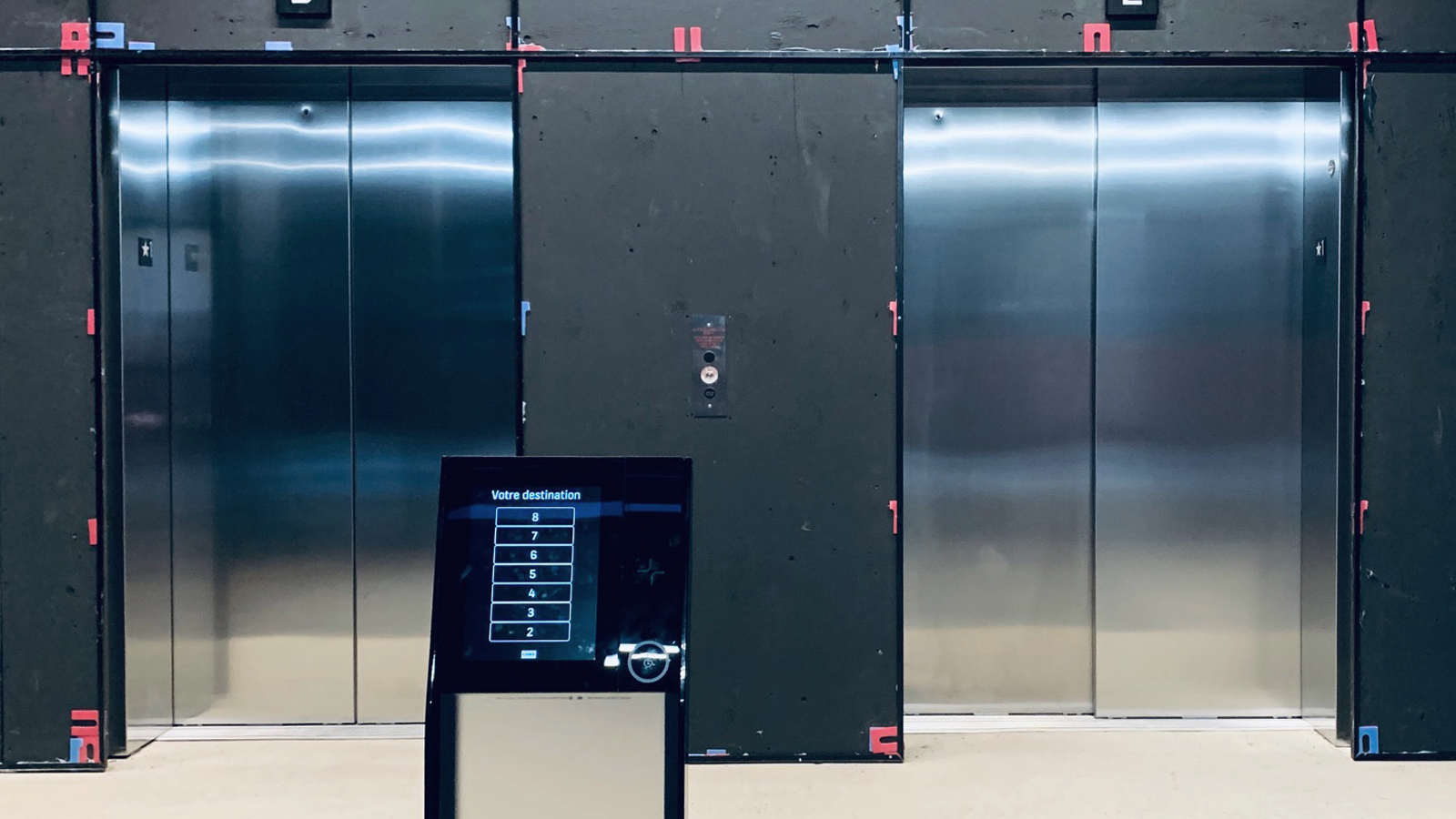
Our company's building has an upgraded elevator system. These elevators are brand new; this is my first time operating them. I discovered a touch screen without a display.
As soon as the elevator arrived, there was no option for selecting my floor. Was this system update still ongoing? I got off and tried again. I discovered that the touch screen would display my floor number and offered a numeric pad if I touched it. Why is the primary function hidden rather than displayed at first?
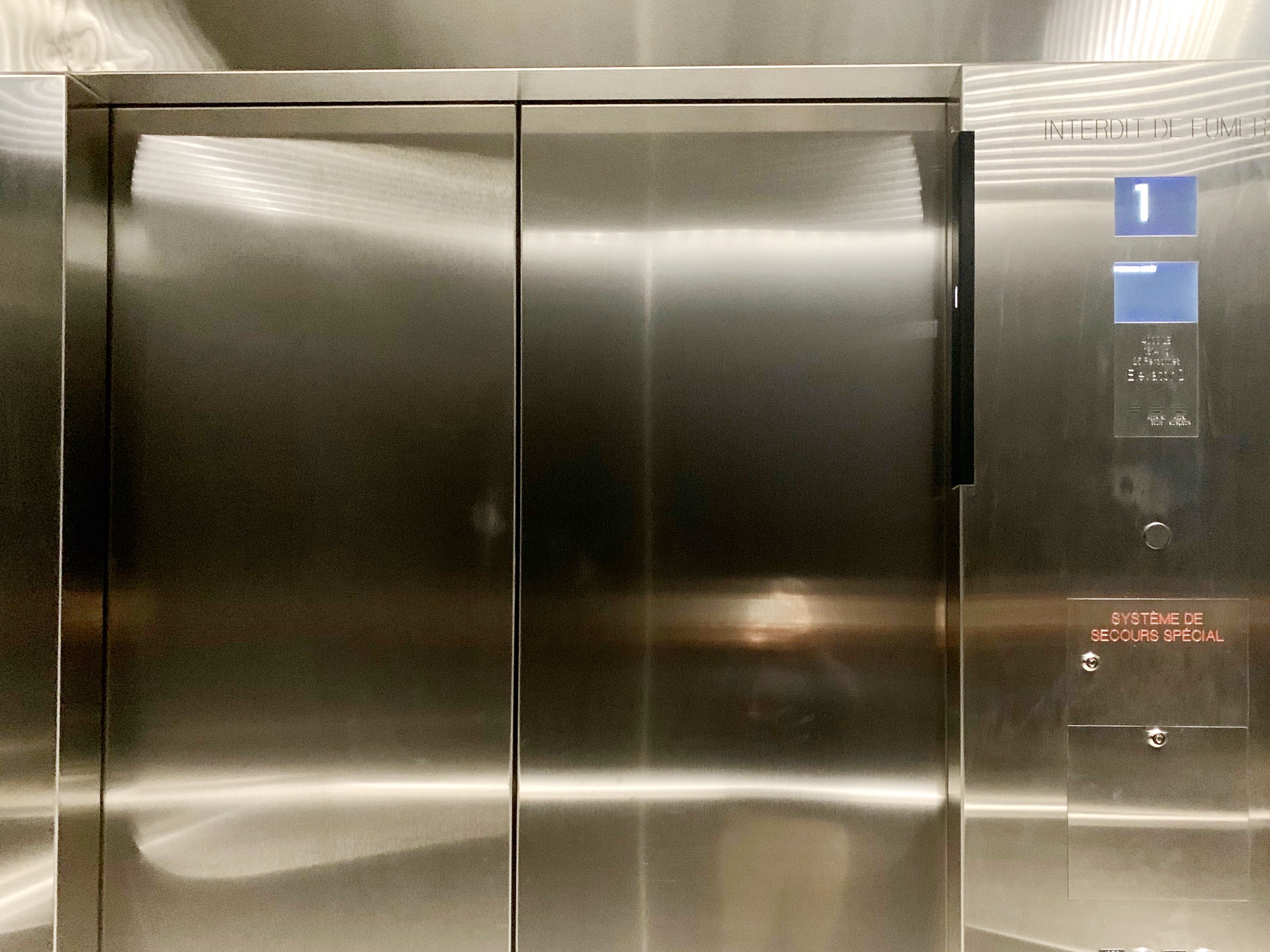
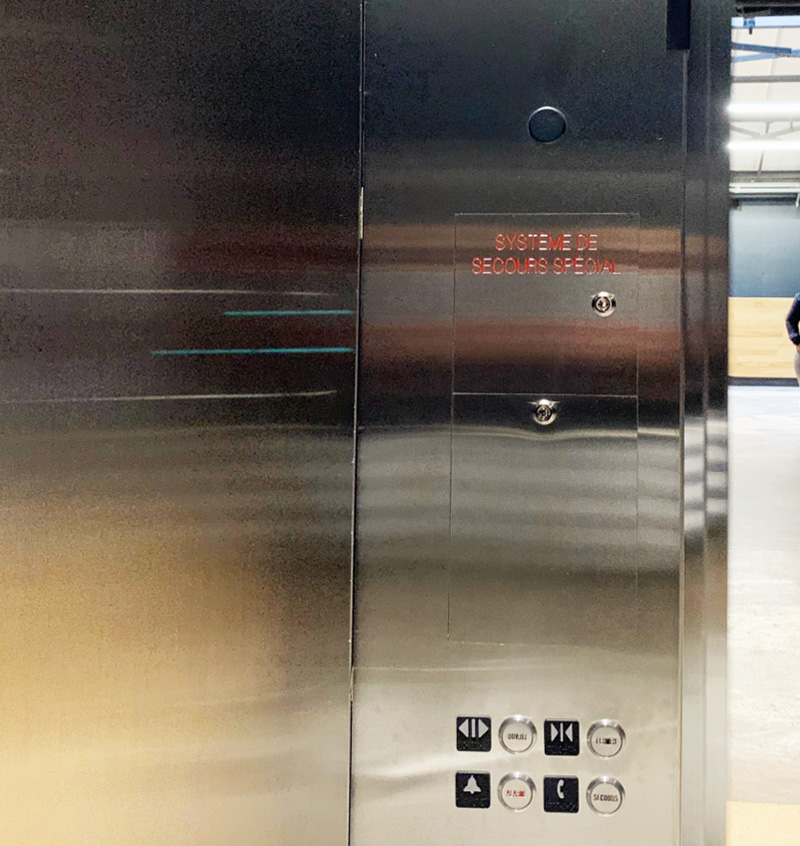
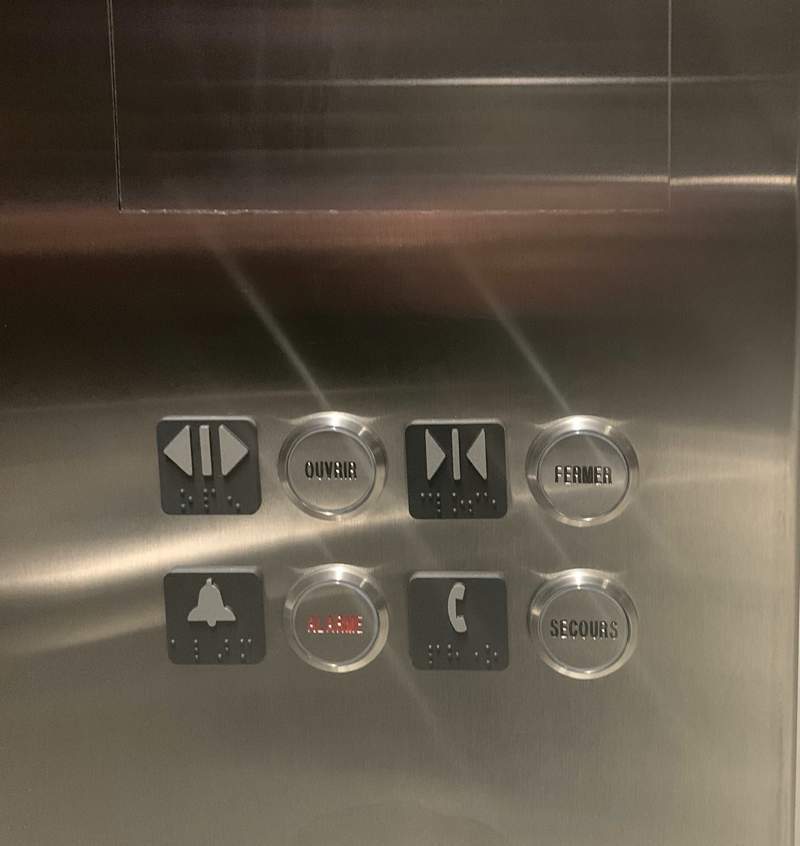
We see the following screen after selecting our floor by touching the screen outside the elevator, which shows the number of the elevator we will take. We can't return to choosing our floor until this screen disappears after 5 seconds. Therefore, even if the elevator is present and empty, during rush hour, many people will wait in line to choose their floor because they cannot see existing beds. It's strange. See the images below:

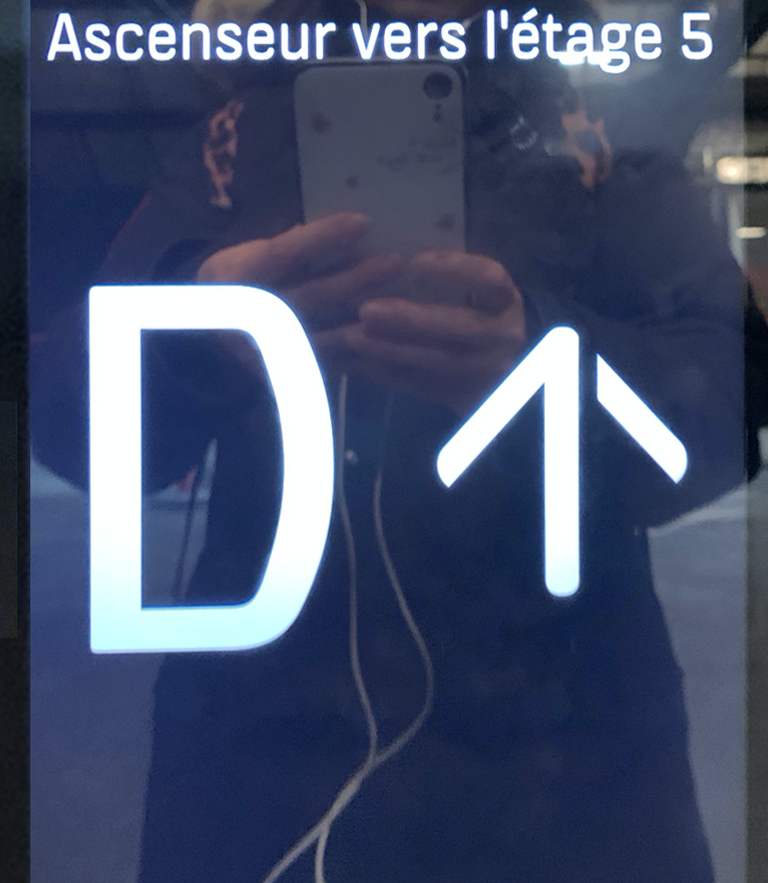
The good news is that the new system will figure out which elevator will get us there the fastest and will combine our ride with other riders who have entered their floor number. Using a new elevator system that allows much more efficient use of the elevators makes sense to let it plan the entire journey. Fewer elevators are needed, and elevator users have a more efficient work environment. The “Destination Control System” reduces the number of elevator stops by lifting people in groups and batching their destinations rather than waiting in the lobby for elevators.
This scenario applies to almost all traditional industries as a story of interaction design. As a result, I realized that in the user experience field, we must provide excellent interaction design and enough information and support to understand any mental model changes that may occur for users, especially in traditional industries.
So welcome to the new world of improved elevator service. Take advantage of the increased efficiency.